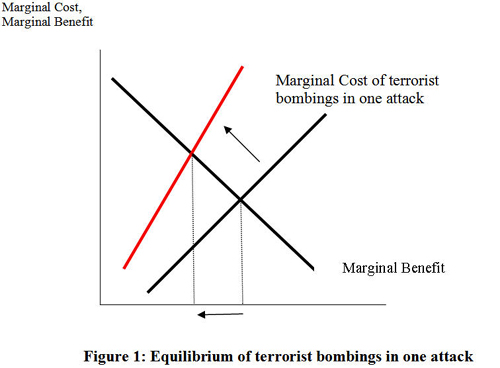What gives the right to a nation to tell its
citizens how to
behave? Is it to promote peace and prosperity? Is it to maintain its
control
over the masses? States were formed to protect against outside invasion.
When
outside invasion is less likely, why does the state
persist in its rights over
the masses? These rights can be individual-oriented. For example, individuals are punished if they attempt to end their life or in
some
countries, take away the right to abort. In theocratic countries,
individuals
have to follow a particular religion and the state
takes away the right to
convert to another. What gives a national government the right to
acknowledge
birth, marriage and death thereby giving them legitimacy? Possible rationalist
explanations
–
INERTIA
Inertia resulting from history of protection. This
is a
behavioural explanation because it implies that individuals are used to
respecting the state because it has been in
existence for a long time and
individuals can be brainwashed into nationalism either by the school
curriculum
or by their brainwashed parents.
SPILLOVERS
Externalities arising on other population members –
come up
with an institution that is on average concerned with the average person
and
will exercise control in order to promote the well-being of the average
person.
Why will an individual not expect a back-lash and thereby not conform to
the
right behaviour on his/her own? Why do we need gun laws for instance?
IDEOLOGY
Bundling of the state with
religion. Religion is propagated
by the state in order to enforce its legitimacy
of rights over the individual.
It is easier to question the state but not easy
to question religion. Can state
and religion together prevent individuals from taking their own
decisions?
IGNORANCE
If individuals are ignorant of the right actions to
take
such that they may harm others unintentionally, then the state may have a
rationale for having a monopoly over individual rights. This is a very
strong
assumption as it means that government is somehow made of special people
who
are less ignorant compared to the masses. Even if individuals are
ignorant, why
not allow their relatives and friends to make them enlightened.
STATISTICS
Legitimacy of government’s monopoly over individual
rights
may be a bi-product of the necessity of a government to collect national
statistics so that it can exercise dominance in other areas – for
instance,
collection of taxes.
INCENTIVES
It may incentivize the masses to try to achieve
power and
may drive them towards gaining authority. If the government did not have
control of our rights, there would be no incentive to join the
government
except the low fixed wages.
CO-ORDINATION
It may act as a co-ordination device for everyone
to believe
that there is a unitary right and there cannot be heterogeneity of
rights.
One of the most enthusiastic students in Econ 111, Andrew Edelman, adds the following to this category:"Multicultural co-unity: These rules allow for a mix of cultures to exist together when they would otherwise conflict. If you look at countries that were formed through European colonialism, there have both weak governments and, in many cases, tribal conflicts. In countries such as the United States, England, and even Russia, people with many different nationalities live together under a set of rules separate from their own cultural identities which minimizes conflict."
A related point is that a multiplicity of identities (national,
regional, religious) dilutes original identities increasing the
possibility of inter-ethnic complementarities.
SIGNAL
Government acknowledgements may be a way to signal
high-types from low-types. This is dependent on a common belief in the
system
that the government can exercise credible and effective control over our
rights.
EFFECT ON OTHER PUBLIC INSTITUTIONS
If a lack of control over one’s behaviour can
affect other
state institutions, for example, the quality of state education or health-care,
then there may be an argument for the government to monopolize rights.
David Beron, another excellent student of mine states that this could be related to Michel Foucault’s ideas on Humans in terms of numbers: there is a maximum population at which society can efficiently function (considering diminishing marginal product). If the ideology of people fails to control such matters (religion might be an incentive to procreate), the government needs to intervene. Because no invisible hand exists to match people’s non-capital desires with their nation’s “carrying capacity”, the government has to set limits to the "number of slices" in order for "the cake" to grow as a whole. China can be used as an example: people's behavior is restricted by the one child policy and, perhaps a coincidence, the country is currently going through an economic boom.
The above explanations are not mutually exclusive.
These
reasons are likely to exist in some combination and it would be
difficult to
differentiate the relative importance of each mechanism.
